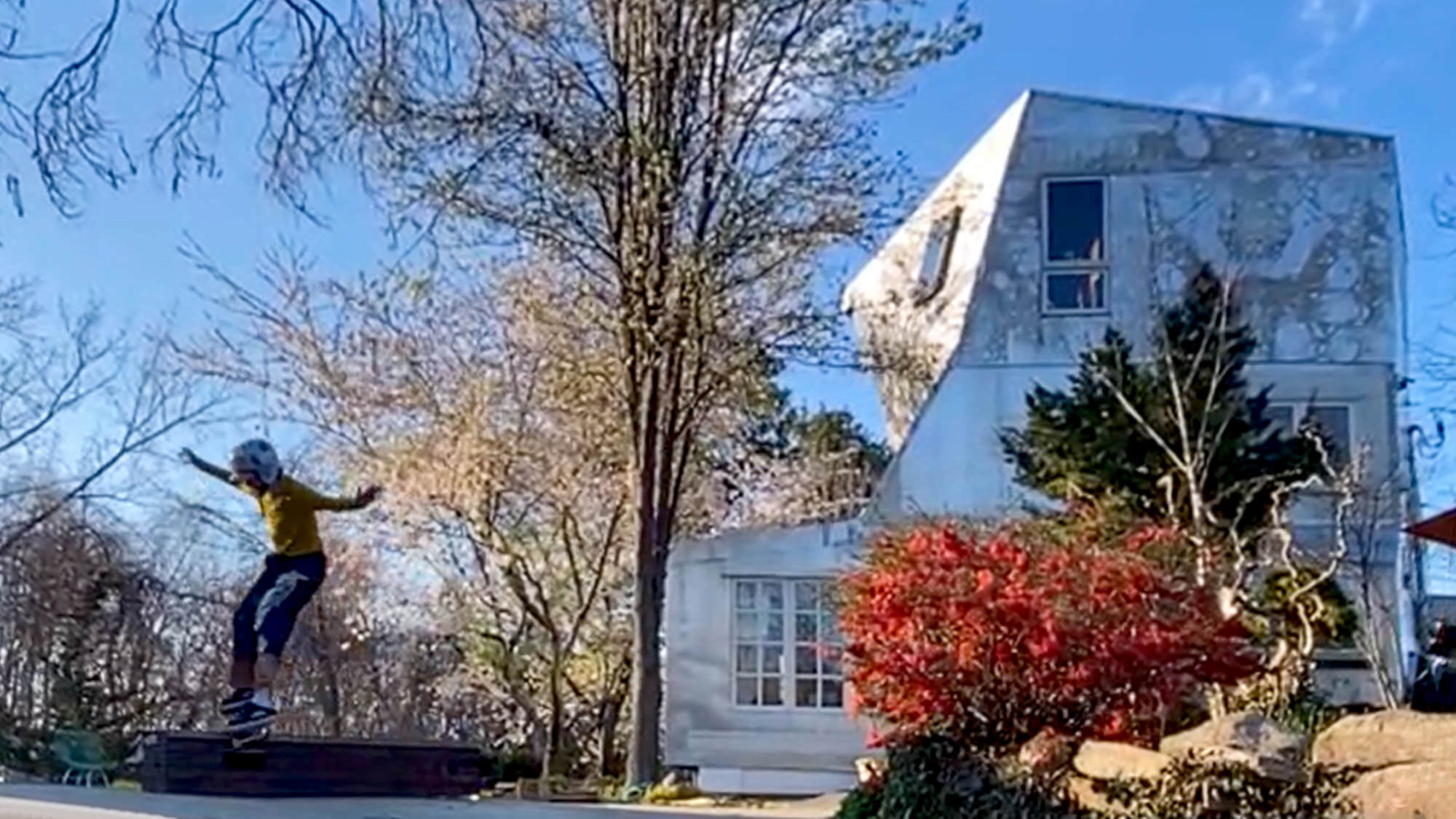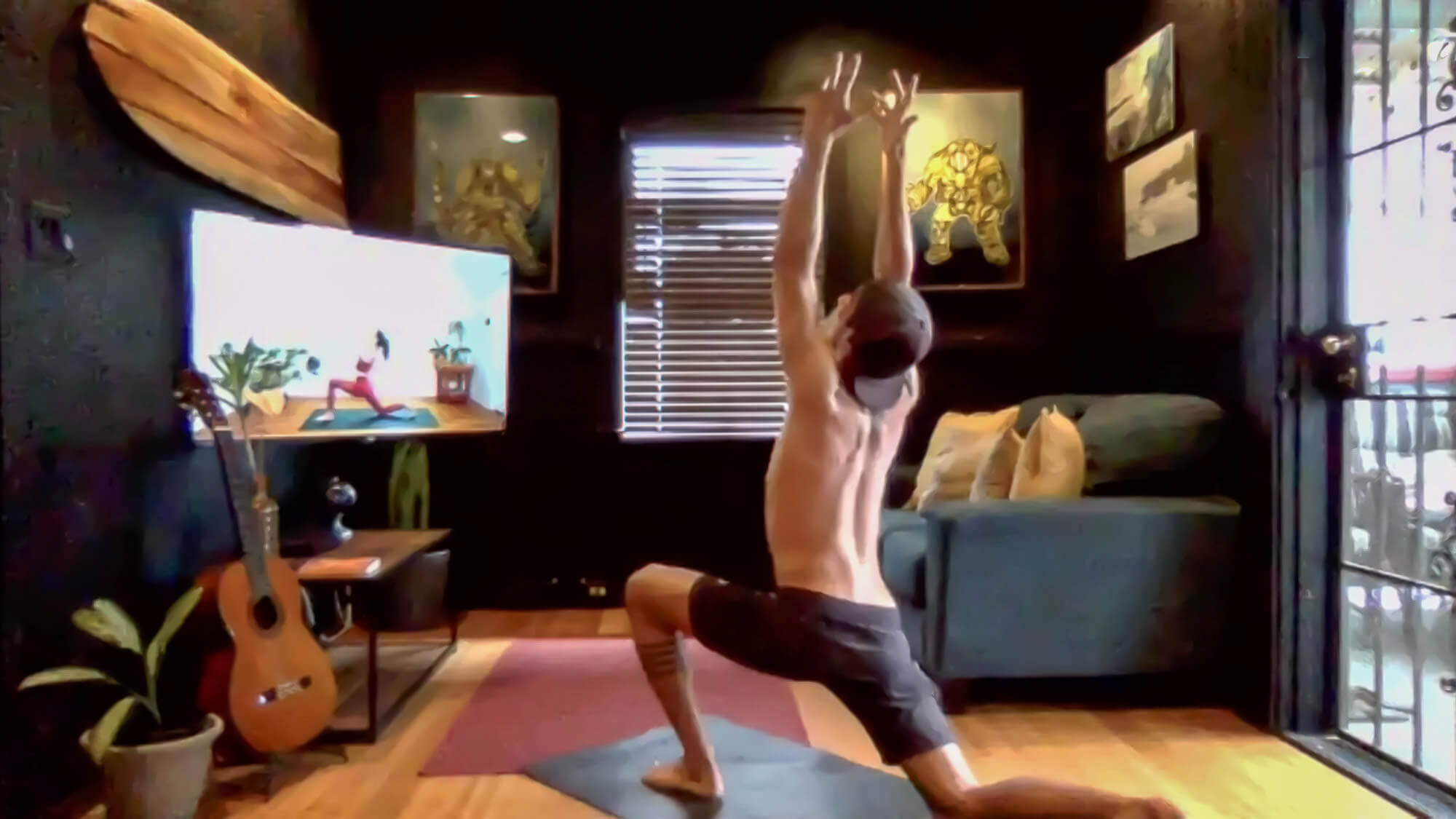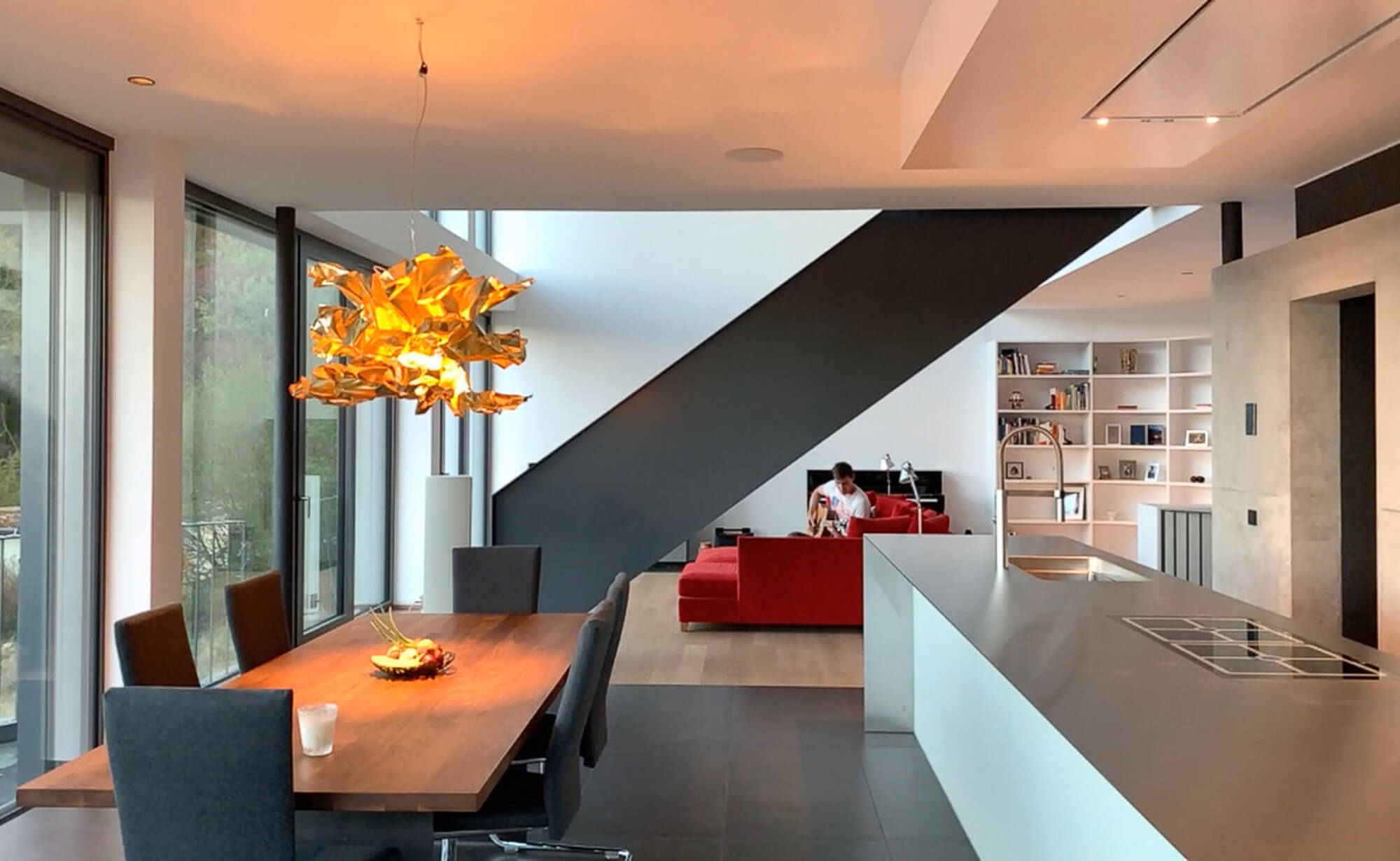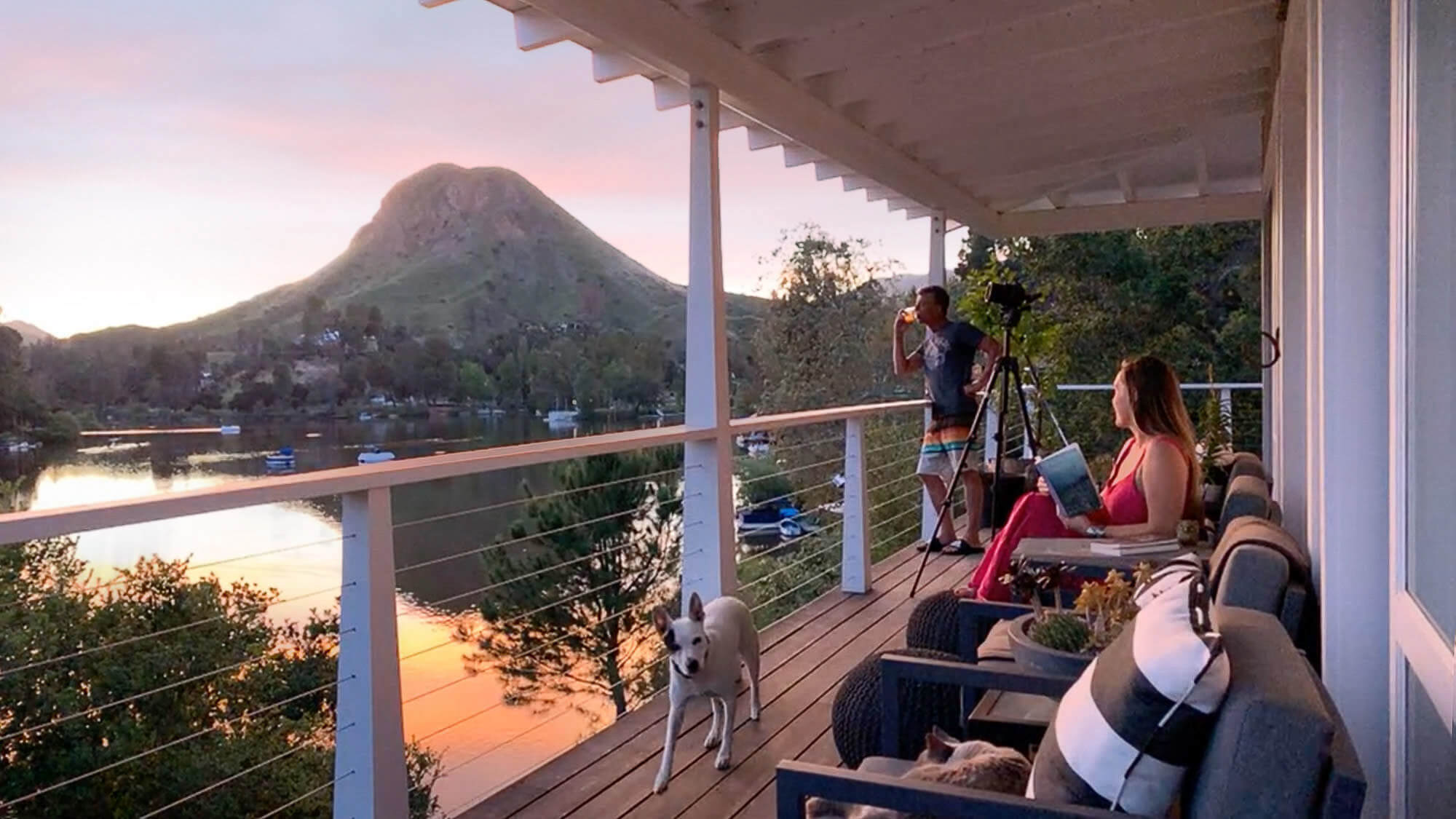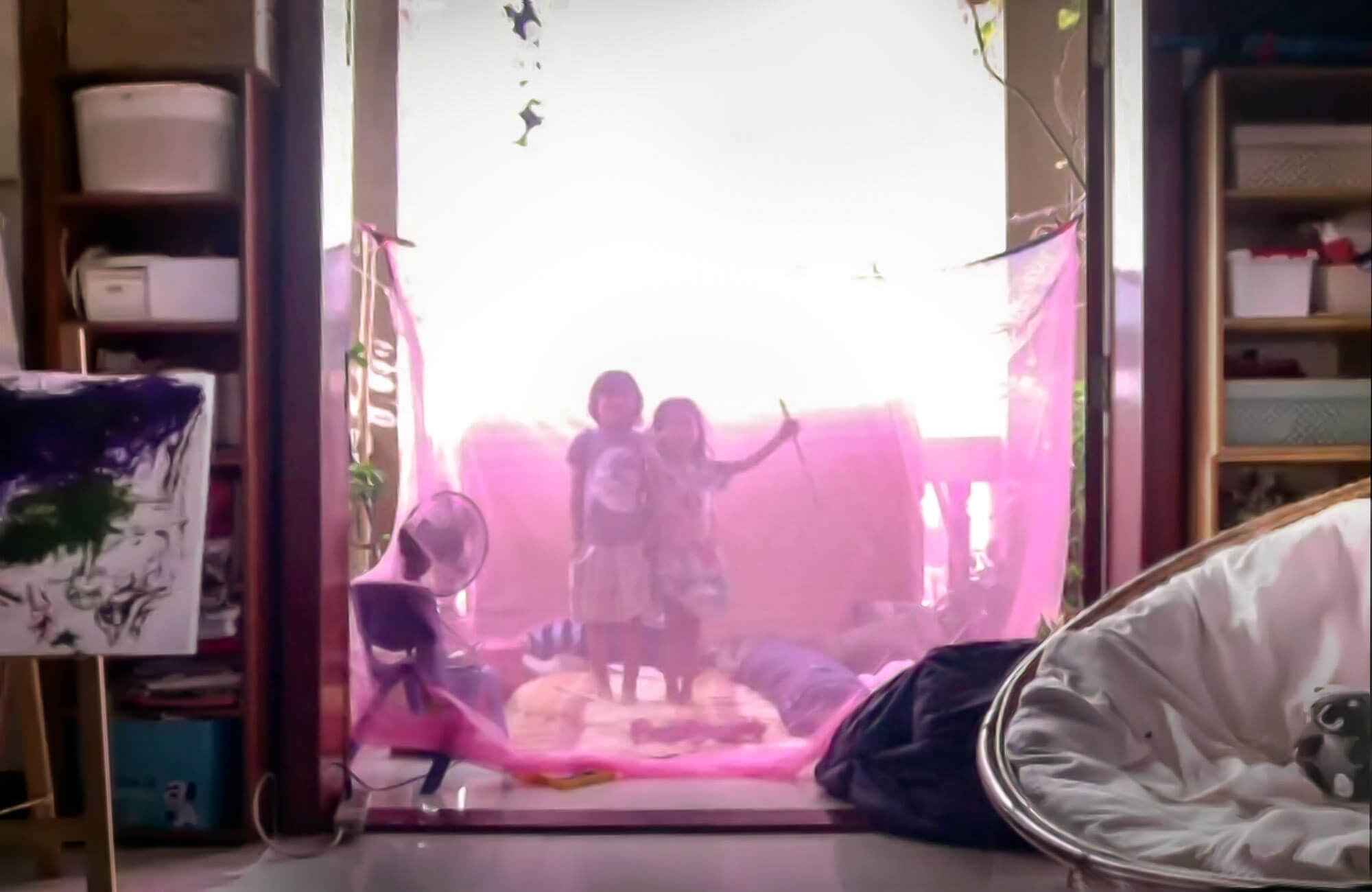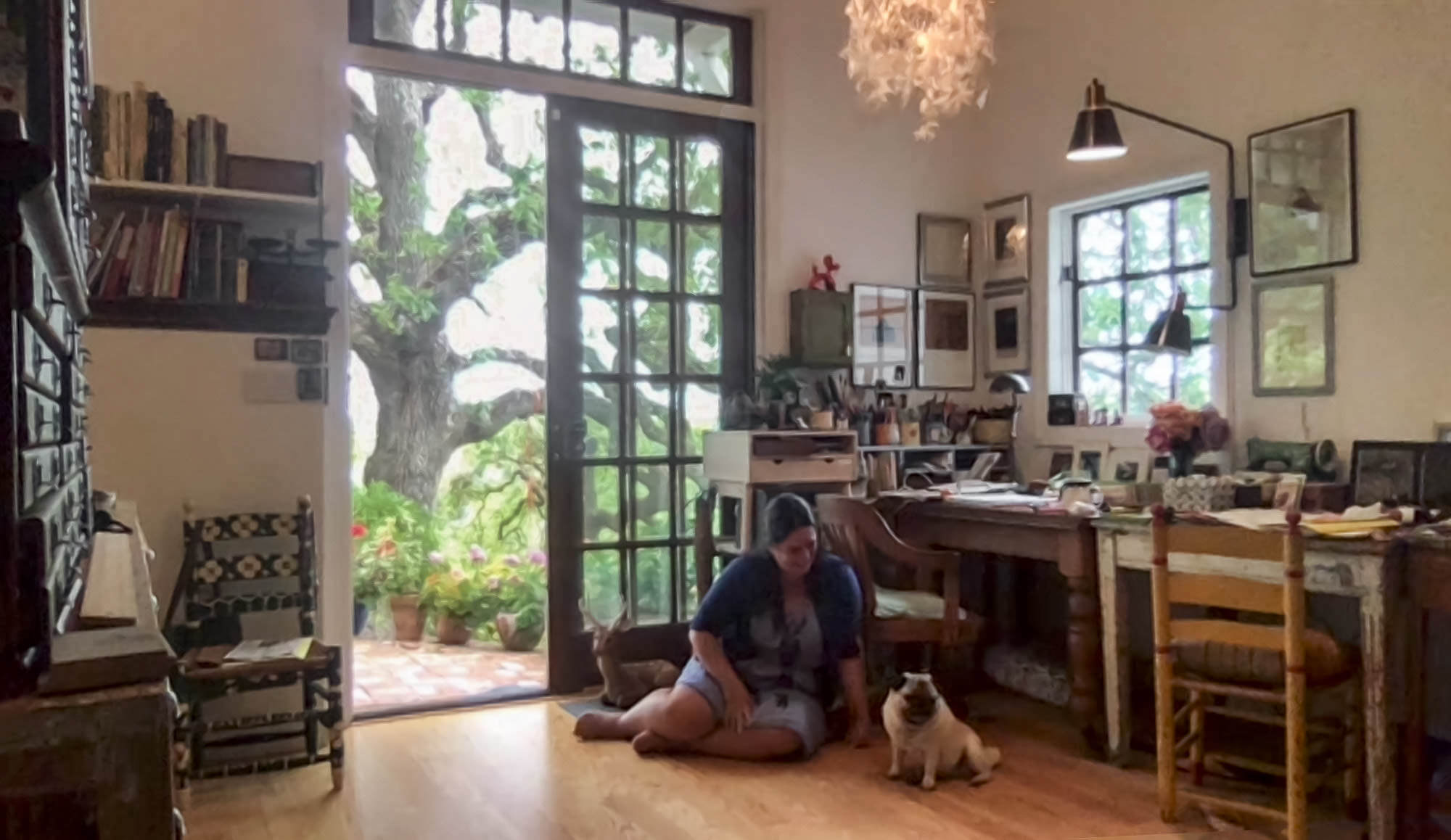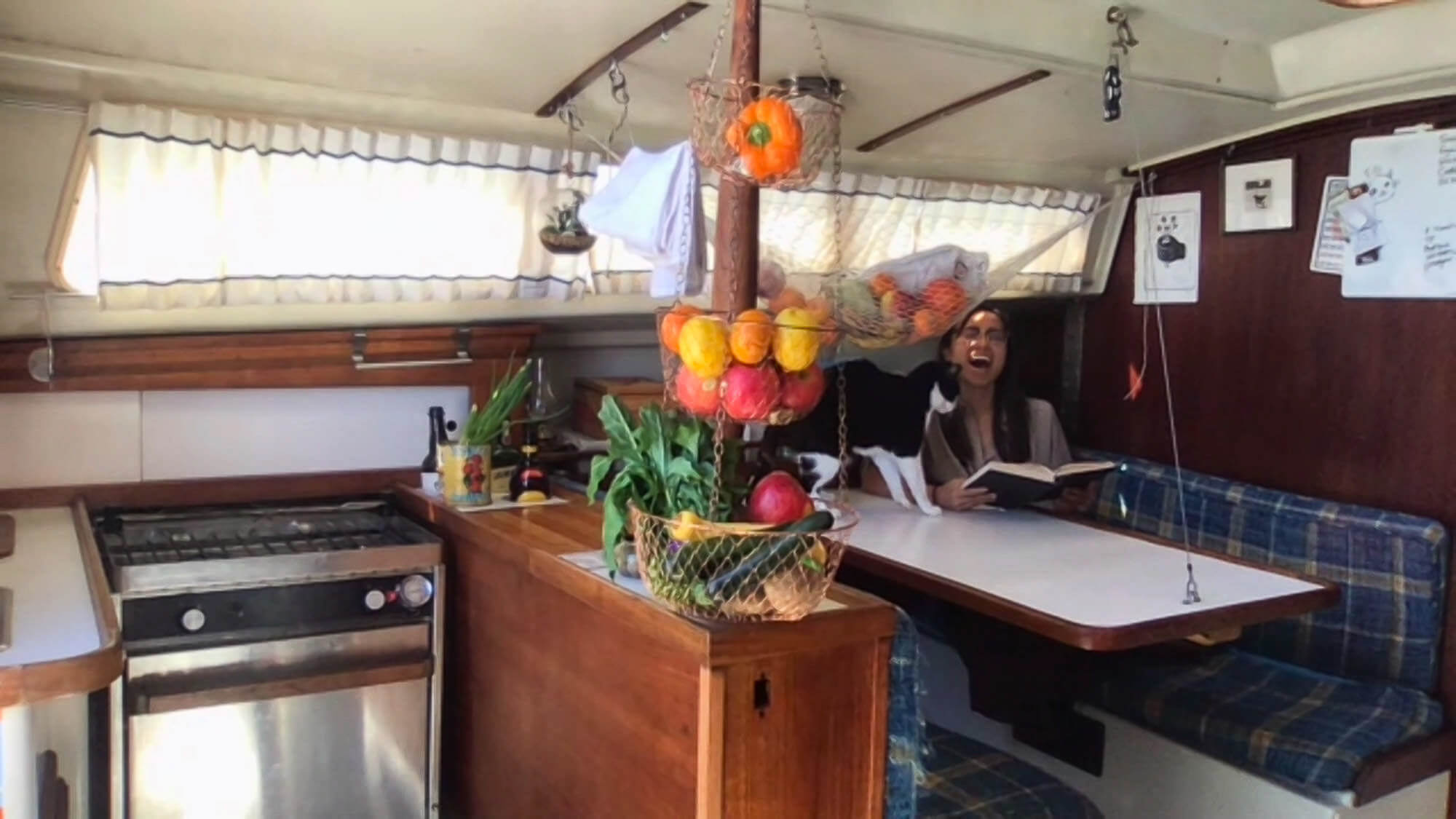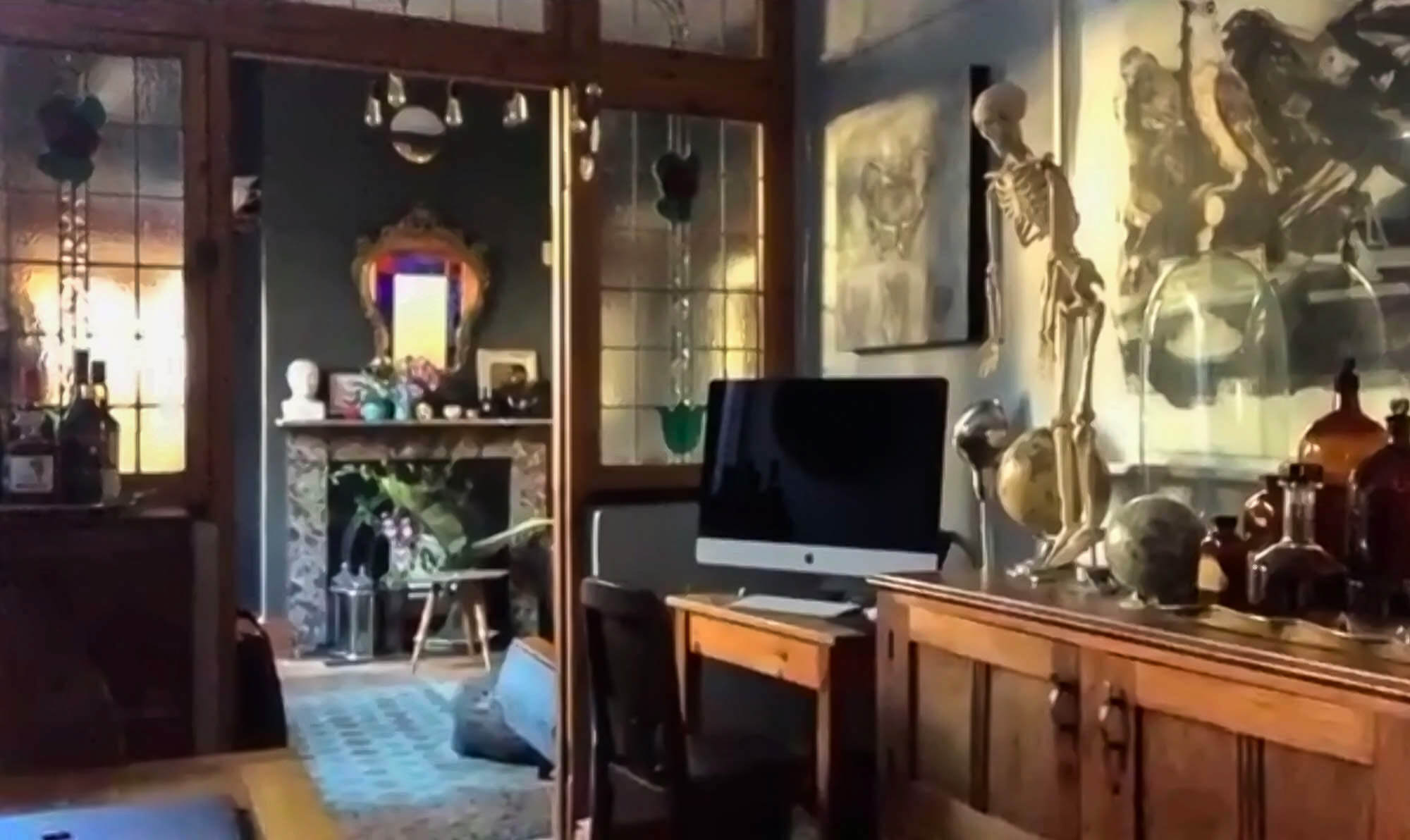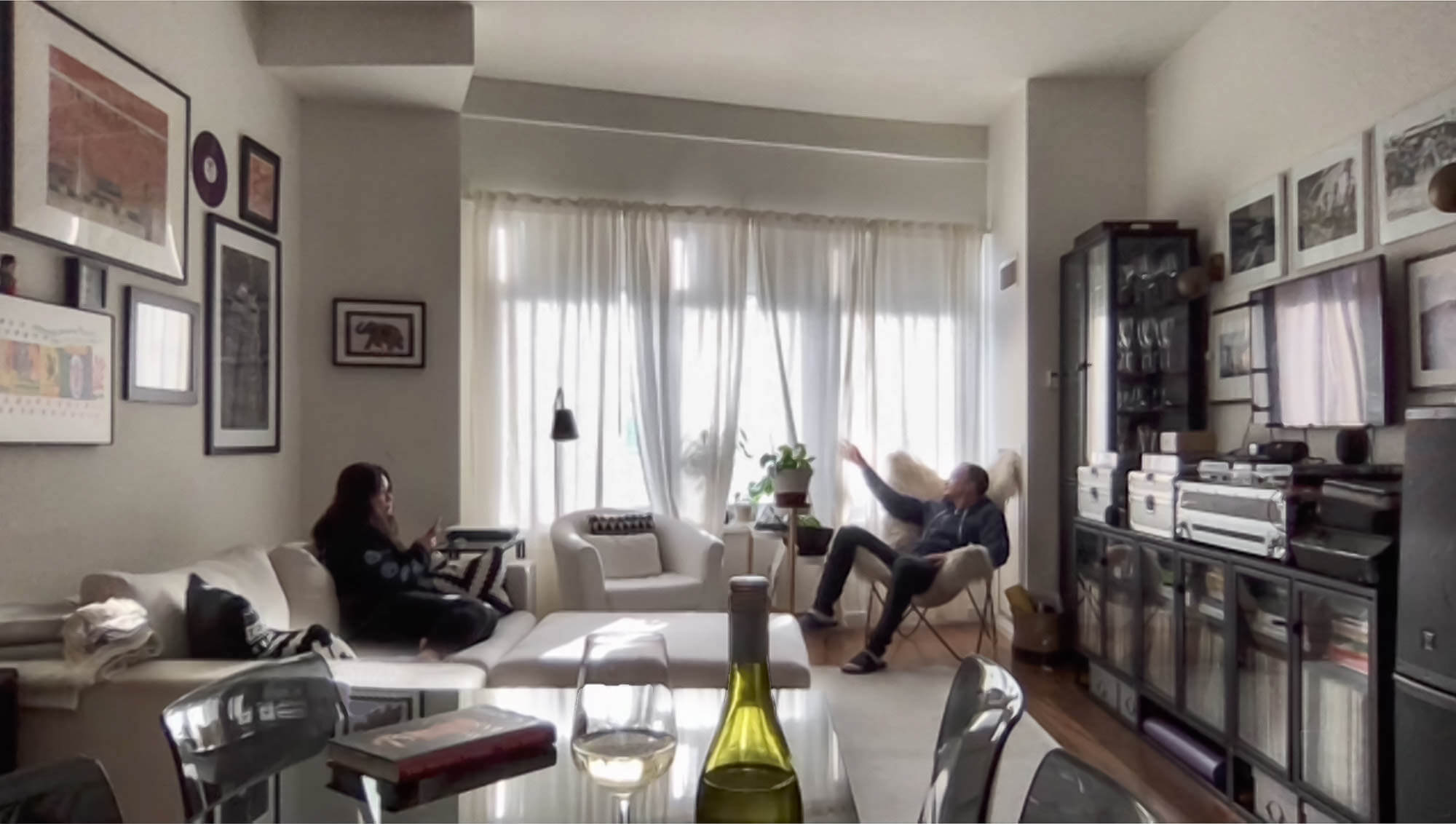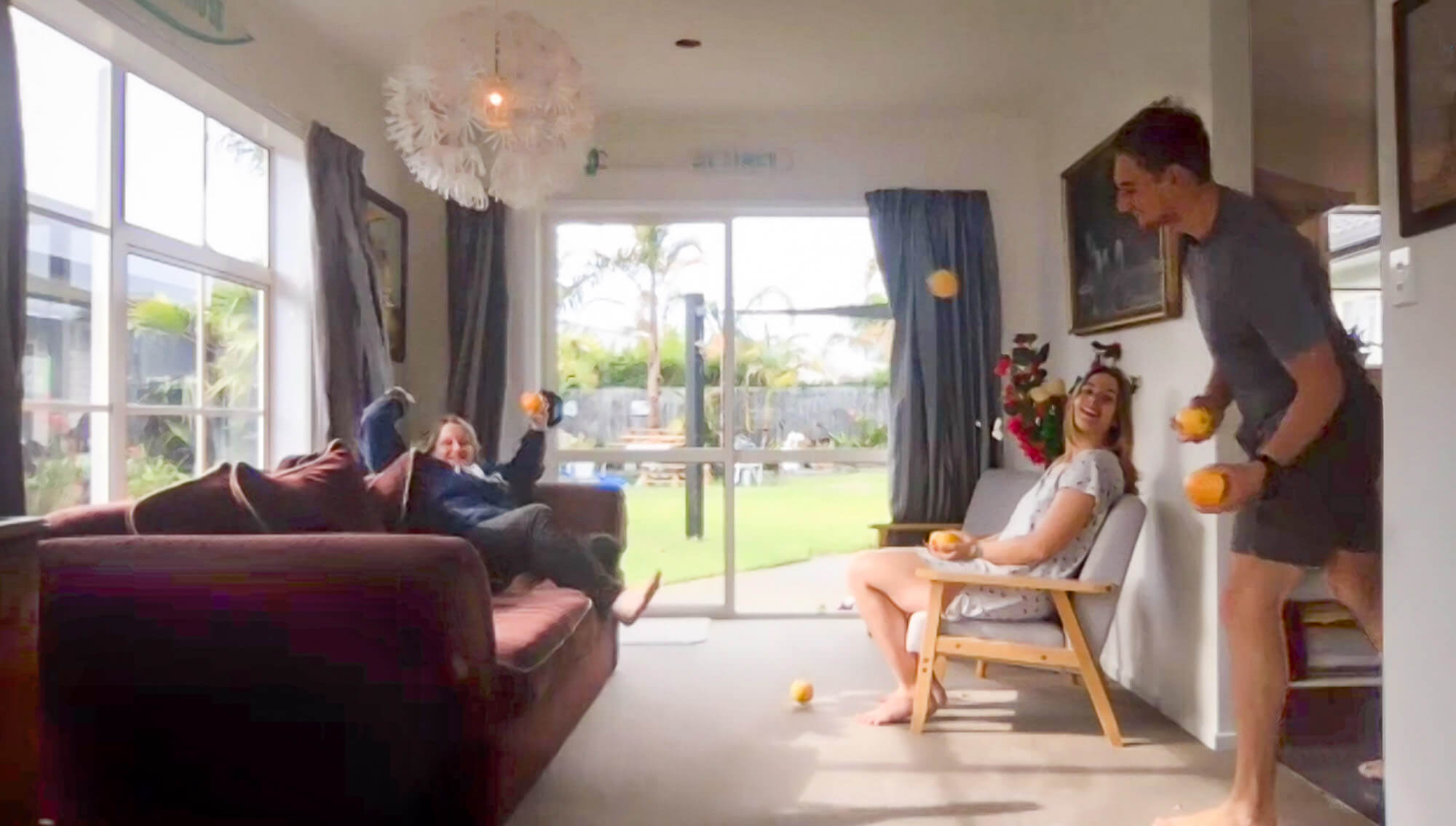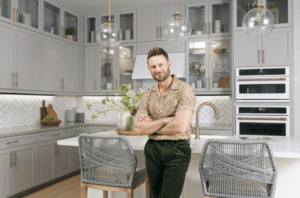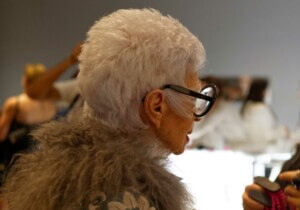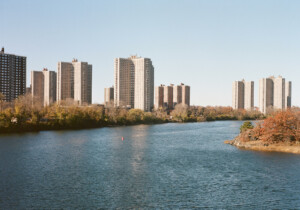The novel coronavirus pandemic has forced millions around the world into self-imposed isolation, with normally itinerant architectural photographers keenly feeling the sting. Unable to visit new projects due to construction slowdowns and restricted travel, photographers Scott Hargis in Oakland, California, and Mike Kelley, in Los Angeles, channeled their restlessness into an experimental remote photography project they hoped would capture a slice of pandemic life. The result is Still Lives, a series of charmingly low-res portraits featuring home interiors from half a world away.
Each of the homes was “shot” via webcam. The duo worked with the available natural light and objects in their subjects’ homes, directing them over the web before taking a screenshot of the final composition. Apart from the challenge involved with “directing things in reverse” over the internet, Hargis and Kelley welcomed the opportunity to take looser, more lively photos—something they said they don’t often encounter in their line of work.
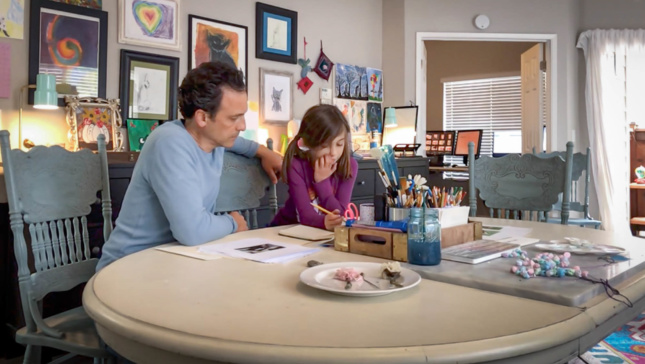
Who signed up to be a part of Still Lives? According to Hargis and Kelley, it actually wasn’t hard to find willing participants. After combing their networks of friends, colleagues, architects, and interior designers, the duo were able to expand the project through word of mouth until they had shot a broad cross-section of diverse homes around the world. In one photo, an unhoused woman emerges from a tent in Oakland; in another, a couple relaxes in their high-rise apartment in Manhattan; in yet another, two children play in a pink tent in Phnom Penh, Cambodia.
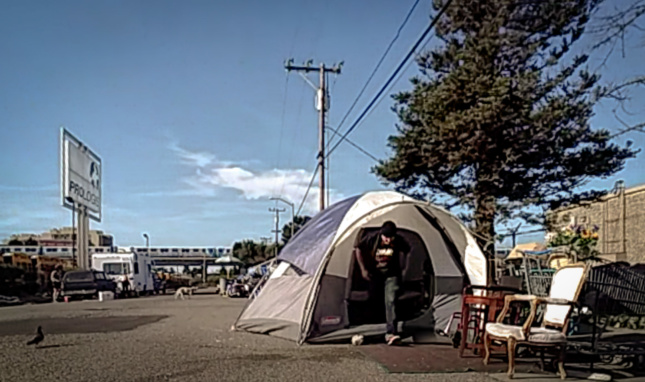
“The webcam is an equalizer,” said Kelley. Everyone has one, and the generally poor quality and non-invasiveness of staging a remote photo shoot meant that subjects were much more willing to open up and let Kelley and Hargis see aspects of their everyday life. It also encouraged participants to get silly, up to and including one person in New Zealand who let a horse wander through their home, or a family tossing oranges back and forth, lending a sense of kinetic energy to the series that architectural photography often lacks. On the more serious side, Still Lives also gave Kelley and Hargis a chance to document our time in intimate and relatable detail, including the boredom, homeschooling, play, meals, and other facets of living through a global health crisis.






